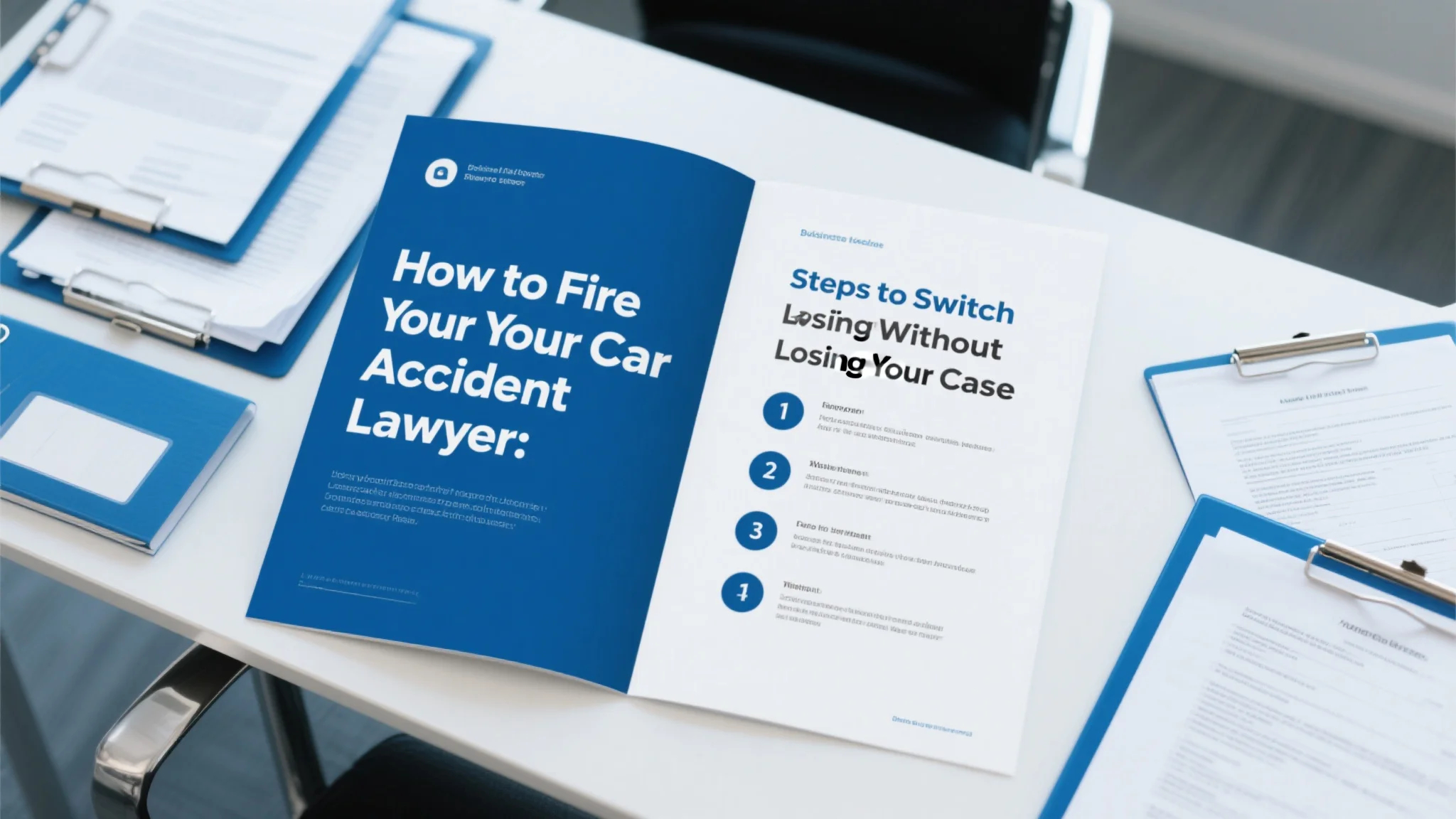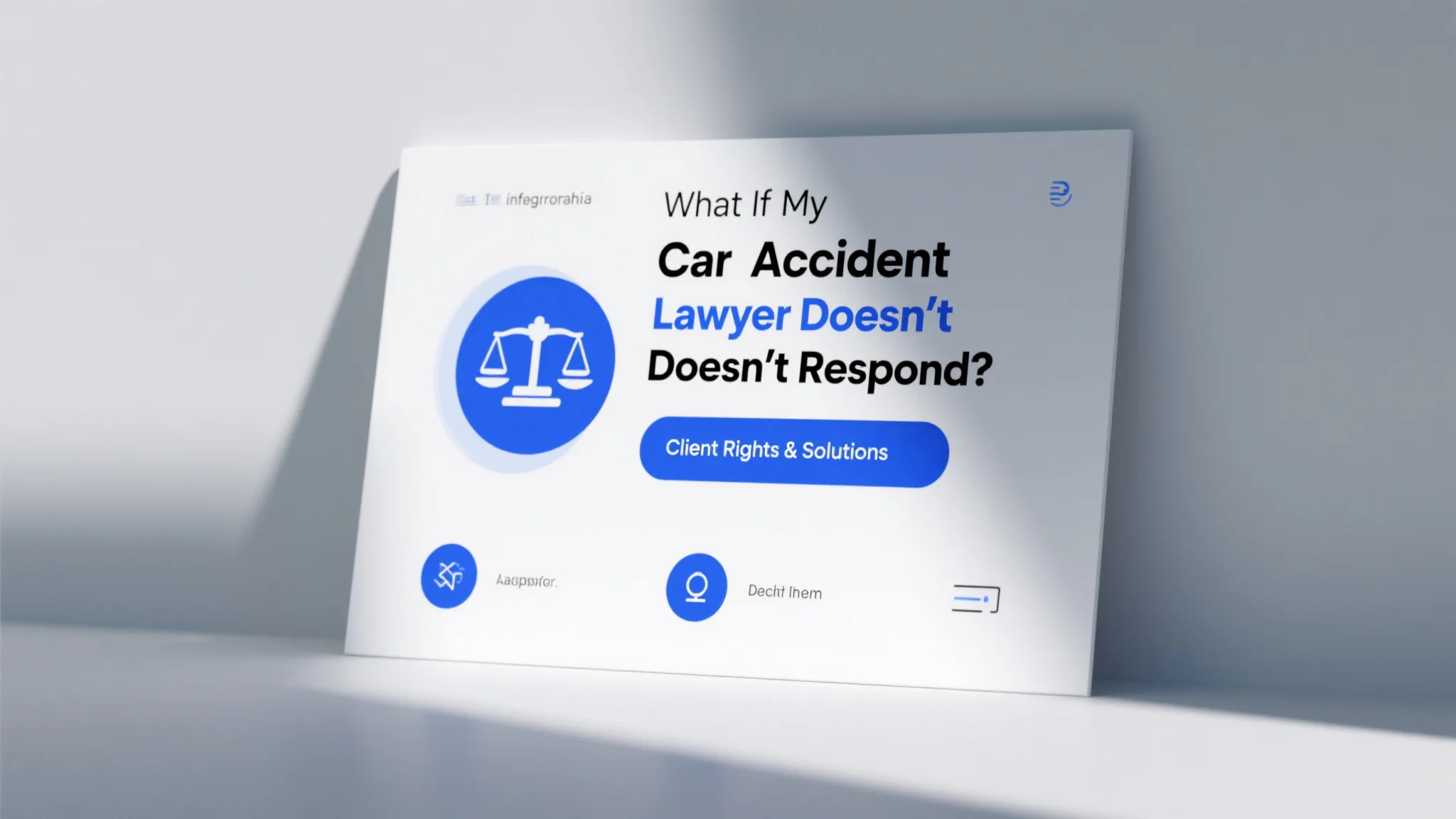Understanding the Fundamentals of Attorney Fee Structures
When entering into an agreement with a car accident lawyer, comprehending the nuances of attorney fee negotiation proves essential for establishing a mutually beneficial relationship. Most personal injury attorneys operate on a contingency fee basis, typically ranging from 33% to 40% of the recovery amount, though these percentages can sometimes be negotiated lower for exceptionally strong cases or higher for particularly complex litigation. The key variables affecting fee percentages include the case’s anticipated duration, likelihood of success, and potential recovery amount. Some firms offer sliding scale structures where the percentage decreases if the case settles quickly or increases if litigation becomes necessary. Understanding these variables empowers clients to have informed discussions about fees rather than simply accepting standard rates without question.
Essential Components of a Fair Lawyer-Client Agreement
A comprehensive legal contract review should examine several critical components beyond just the fee percentage. The agreement should clearly define what expenses will be deducted from the recovery and whether these come off the top before or after the fee calculation. Important clauses to scrutinize include termination provisions, detailing under what circumstances either party can end the representation and how fees would be calculated for work already performed. The contract should specify whether the attorney has authority to settle without your approval and at what dollar thresholds. Other key provisions address how disputes about fees or representation will be resolved and whether the firm can associate other counsel on the case. These elements collectively form the framework of your professional relationship and deserve careful consideration before signing.
Strategies for Effective Fee Negotiation with Your Attorney
Successful attorney fee negotiation requires preparation and understanding of market standards in your jurisdiction. Research typical contingency fees for car accident cases in your area to establish reasonable expectations before discussions. Consider negotiating a lower percentage if your case appears straightforward with clear liability and substantial damages evidence. Some attorneys may agree to reduced fees if you handle certain tasks like gathering your own medical records or if the case settles extremely quickly. Be prepared to discuss what unique value the attorney brings that justifies their fee structure, whether it’s particular expertise with your type of accident, trial experience, or access to superior expert witnesses. Professional negotiators emphasize maintaining a collaborative tone during these discussions while still advocating firmly for your interests.
Red Flags to Identify During Contract Review
During your legal contract review, several warning signs warrant particular scrutiny before signing a lawyer-client agreement. Be wary of provisions allowing the attorney to withdraw without cause while restricting your termination rights, creating an unbalanced relationship. Excessive upfront costs or non-refundable retainers in contingency cases often indicate questionable practices. Ambiguous language about expense reimbursement or vague descriptions of the attorney’s responsibilities can lead to disputes later. Some contracts contain overly broad lien provisions that might encumber your property beyond the case’s scope. Pay special attention to any mandatory arbitration clauses that could limit your options if fee disputes arise. Recognizing these potential pitfalls during initial contract review prevents unpleasant surprises and preserves your rights throughout the legal process.

Managing Expectations About Case Progress and Communication
A well-structured lawyer-client agreement should establish clear expectations about case updates and communication protocols. Negotiate specific provisions about how often you’ll receive updates and through what channels (email, phone, client portal). Discuss turnaround times for returning your calls or emails and whether you’ll have direct access to the attorney or primarily work with paralegals. The agreement might include provisions about how the firm will consult you on settlement offers and what documentation you’ll receive about case developments. Some clients successfully negotiate periodic in-person meetings for complex cases. These communication parameters prove especially valuable in personal injury cases that may span months or years, ensuring you remain informed without needing to constantly follow up. Clarifying these expectations upfront prevents frustration and builds a stronger attorney-client relationship.
Alternative Fee Arrangements Worth Considering
While contingency fees dominate personal injury practice, exploring alternative attorney fee negotiation structures sometimes benefits clients with unique circumstances. Hybrid arrangements combining reduced contingency percentages with hourly rates for certain tasks can work well for clients able to pay some costs upfront. Flat fee structures might be negotiable for discrete services like demand package preparation or settlement negotiation. Some attorneys offer capped fee arrangements where the contingency percentage applies up to a certain recovery amount, beyond which a lower percentage takes effect. For clients concerned about costs if the case loses, modified contingency agreements might refund some expenses even if no recovery occurs. These creative alternatives demonstrate how fee structures can be tailored to individual needs rather than rigidly adhering to standard models.
Post-Settlement Fee Review and Dispute Resolution
After case resolution, conducting a thorough legal contract review of the final accounting ensures proper fee calculation according to your lawyer-client agreement. Request itemized statements of all expenses deducted from your recovery and verify they align with the contract terms. Some states require attorneys to provide these accountings automatically, while others require client requests. If questions arise about particular charges or the fee calculation, most bar associations offer fee dispute resolution programs as alternatives to litigation. These programs typically involve neutral attorney evaluators who review the agreement and case file before making non-binding recommendations. Understanding these post-settlement review rights and processes helps protect your financial interests while maintaining professional relationships with your legal counsel.



